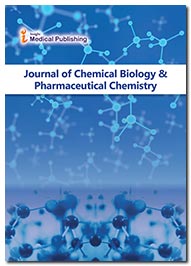Abstract
Clinical profile and outcome of 19 patients with acute necrotizing encephalopathy of childhood (ANEC): A single Indian center experience.
Background- ANEC is a potentially devastating illness characterized by fever, abrupt onset encephalopathy, seizures, vomiting, and hepatic dysfunction with bilateral symmetrical lesions in thalami. Indian data on outcome is limited. Objectives: 1) To study the clinico-radiological profile and outcome in ANEC. 2) To study the factors influencing survival and neurological outcome. Methods: All children < 18 years of age admitted from January 2010 to March 2019 with a diagnosis of ANEC were included. Clinical, laboratory, radiology, and factors predicting outcome were analyzed. Study design: A retrospective observational study Results: Nineteen children 8 months to 13 years of age were evaluated. Male: female was 1.4:1. All presented with fever and abrupt onset altered sensorium; median duration being 2 days. Seizures were reported in 12, vomiting in 8, abnormal posturing in 5 patients; 12 had hypotension. Dengue was identified in 7, H1N1 in 1, and influenza A in 1. Liver enzymes were elevated in 14. Neuroimaging was done in all (CT - 7, MRI – 14). Thalamic involvement was seen in all, brainstem 12, cerebral white-matter 17, cerebellar white-matter 10. ANE severity score was high in 12 patients. There were 73.7% survivors. Neurologic outcome at discharge was poor in 9. At follow-up, of 14 survivors, 1 had poor, 3 fair, and 8 good neurologic outcomes. Persistent neurodeficits were seen in 100% < 48 months versus 30.7% ≥ 48 months of age. There was no relation between ANE severity score or use of steroids within 24 hours with neurological outcome. Conclusion: Age influenced outcome with younger children <48 months fairing worse. Continued neurologic improvement was seen in a majority of the survivors
Author(s): Sandip Gupta1 MD, Bidisha Banerjee1 DM, Sruthi Sashidharan1 MBBS, Dr. Ullas Acharya 2 DM
Abstract | PDF
Share This Article
Google Scholar citation report
Citations : 21
Abstracted/Indexed in
- Google Scholar
Open Access Journals
- Aquaculture & Veterinary Science
- Chemistry & Chemical Sciences
- Clinical Sciences
- Engineering
- General Science
- Genetics & Molecular Biology
- Health Care & Nursing
- Immunology & Microbiology
- Materials Science
- Mathematics & Physics
- Medical Sciences
- Neurology & Psychiatry
- Oncology & Cancer Science
- Pharmaceutical Sciences

